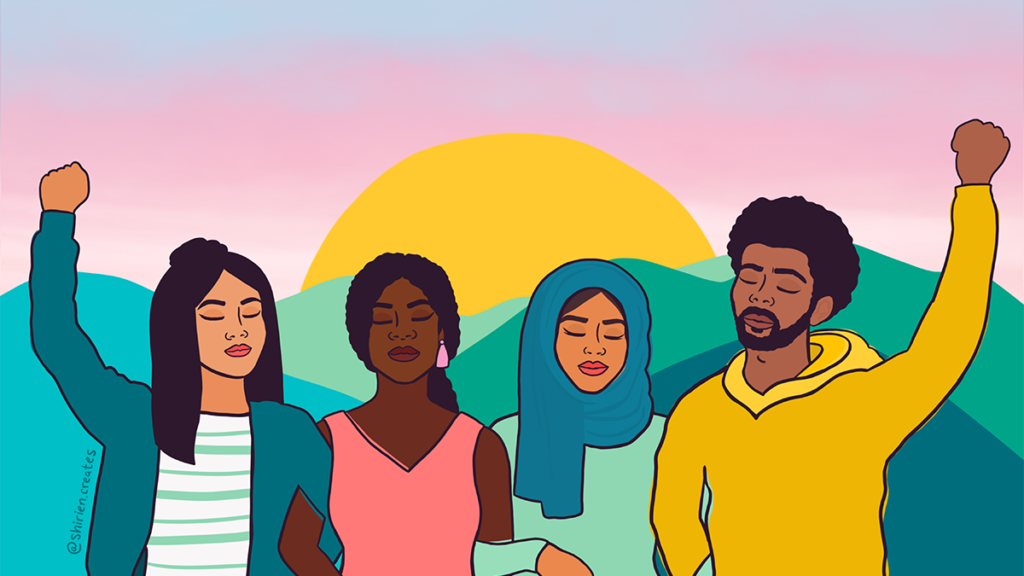In the previous part of this series about strategic litigation, we looked at what a more holistic conception of success means in litigation campaigns. There, we explored how a win for the overall cause may not necessarily translate into a “win” in the court.
This holistic approach to litigation campaigns also extends to how the demands in litigation are framed: what are we asking the court to do if they find in favour of our claim? As we develop litigation work with community partners, these considerations on the request for remedies will be a crucial part of the exploration process.

In our current world system, capitalism sets the terms for pretty much everything. That is also visible in the legal system: outside of remedies such as striking down laws and seeking non-repetition of human rights violations, most requests in lawsuits are framed in monetary terms. Claimants request damages for harms suffered such as lost income, emotional suffering, and even loss of life; and the costs they had to incur in seeking justice, such as lawyers’ fees, are also part of the process.
This “monetary framing” does not do justice to the complex reality of the impact systemic harms can have on communities and individuals; nor does it necessarily set people up well to start a meaningful process of healing. How do you begin to translate the quality or even loss of a human life into monetary terms? How do you quantify the trauma a community suffered collectively and on an individual level, including by having to go through a process to get formal recognition of the harms that have been inflicted on them?
Besides payment to those affected generally doing very little to hold perpetrators to account in a meaningful way, community recovery and healing also requires more than simply receiving a bank transfer. It can include the means, space, and opportunity for processes of reconciliation, commemoration, and sometimes very concrete interventions such as (mental) health care.
So, as well as reflecting on the role litigation plays in broader campaigns for change, we need to consider what impact the demands we make inside and outside the courtroom will have on justice, restoration, and healing for communities. Here, we’ll need to get creative and free ourselves from the usual examples we often see highlighted in the cases we read about in the media. Fortunately, there is plenty of inspiration to draw from, especially if we look beyond Europe. Courts around the world have been asked to, and ended up awarding, measures ranging from public apologies, commemorative days, monuments and museums, to the establishment of health centres and rehabilitation programmes, as well as providing housing, land reparations, and re-education programmes for institutions who perpetrated human rights violations (see the European Court of Human Rights cases of Alković v. Montenegro and Secic v. Croatia).
One obvious obstacle is that the legal systems we work in may not always allow for remedies of these kinds. But nothing changes until we push for it. Even if requests may need to be adapted to the parameters of the local system, this does not mean we cannot start reframing the debate and putting more realistic demands – demands that correspond to the true needs of communities – on the table.
Perhaps one shorter term change would be the monetary means to enable more holistic reparations to be implemented, but who is to say that we cannot end up in a place where we can have these conversations in a constructive way in the context of litigation processes? Laws, courts, processes are all human-made: we can shape and even change them.
